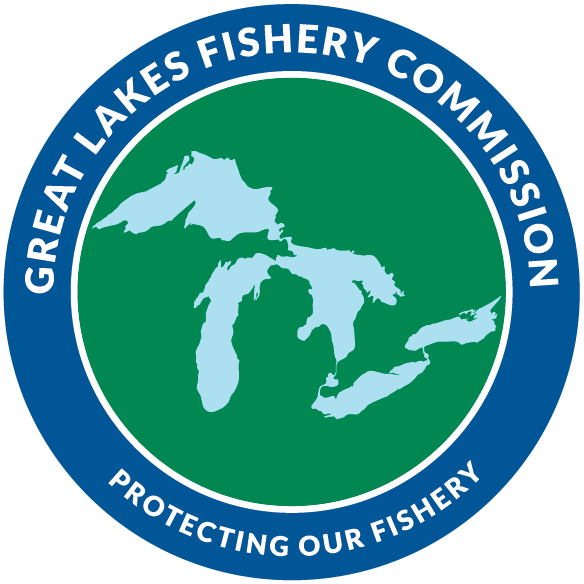Updated 2024-07-05 14:27:29
Lake Huron -> 1.0 Salmonine (Salmon and Trout) -> Diverse Salmon and Trout Community
Reporting Interval
2018 - 2022
Area
lakewide
Meeting Target?
Does Not Meet
Indicator Trend
Downward trend
Confidence?
Medium
1.1.3. Salmonines other than Lake Trout (“Introduced Salmonines”) support an annual yield equal to 0.4 million kg and represent at least 30% of the Salmonine harvest
The FCO anticipates that rehabilitated Lake Trout populations could sustain 1.4-1.8 million kg of yield with the remainder of salmonine productivity to come from introduced (anadromous) salmonine species. Lakewide yields for anadromous salmonines of 0.4 to 0.5 million kg were considered plausible by DesJardine et al. (1995), or about 30% of the total salmonine yield. These anadromous species help diversify the salmonine community and provide additional harvest opportunities and value to the fisheries.
Mean yield of introduced salmonines during the current reporting period (0.1 million kg) was below target and 26% lower than the mean yield for the previous reporting period (0.14 million kg) (Figure 1). Overall stocking numbers of introduced salmonines decreased only nominally since the last reporting period, so declining yield is attributed mainly to reduced harvest of Chinook Salmon by the Chippewa-Ottawa Resource Authority commercial fishery, which accounts for about half of all introduced salmonine harvest in Lake Huron (Figure 1). On average, introduced salmonines represented 23% of harvested salmonines, which was below the desired 30-33% target level, and lower than observed during the previous reporting period (25%).
Recreational fishery yield of introduced salmonines in US waters (0.05 million kg) increased by 6% in the current reporting period due to increased harvest of Atlantic Salmon (up 70% from the previous reporting period) and Coho Salmon (up 111% since the previous reporting period). However, the US recreational fishery for introduced salmonines continues to be dominated by Chinook Salmon and Rainbow Trout, for which harvest did not change appreciably between reporting periods (Figure 2).
Since there is not an annual creel survey conducted in Ontario waters, yield estimates for introduced salmonines presented here are undoubtedly biased low. In comparison to US waters, it is speculated that Ontario recreational fisheries for introduced salmonines, which are diverse and extensive, are comparable to those in US waters. Therefore, actual yield of introduced salmonines is potentially close to the one-third of total salmonine yield contemplated in the FCO.
An average of 1.7 million introduced salmonines were stocked during the current reporting period as compared to 2.3 million in the previous reporting period (Figure 3). The global COVID-19 pandemic in 2020-21 affected stocking rates, which was most notable for Rainbow Trout in 2021 since less gametes were collected for rearing during the spring of 2020. Coho Salmon stocking was reestablished in US waters of Lake Huron in 2019. Stocking of introduced salmonine predators continues to be a concern to Lake Huron managers given the ecosystem changes that have been observed since the early 2000s.
Total annual yield of introduced salmonines in Lake Huron, 1985-2022. The Chippewa-Ottawa Resource Authority commercial fishery for Chinook Salmon accounts for about half of all introduced salmonine harvest in Lake Huron.
Recreational yield of introduced Salmonines in U.S. waters of Lake Huron, 1985-2022.
Numbers of introduced Salmonines stocked into Lake Huron by species, 1985-2022.
Methodology
This is a compilation of commercial reporting, subsistence reporting, and creel survey estimates. Creel estimates for the recreational fisheries is underrepresented as they are unknown in Ontario waters. Recreational yield from US waters is derived from numbers of fish (including charter values) and the average weight of fish sampled during the creel.
Other Resources
Contributing Author(s)
- Stephen James - Ontario Ministry of Natural Resources and Forestry
- Ji He - Michigan Department of Natural Resources
- Ryan Lauzon - Saugeen Ojibway Nation
- Ronald Green - Ontario Ministry of Natural Resources and Forestry
- Scott Koproski - United States Fish and Wildlife Service

